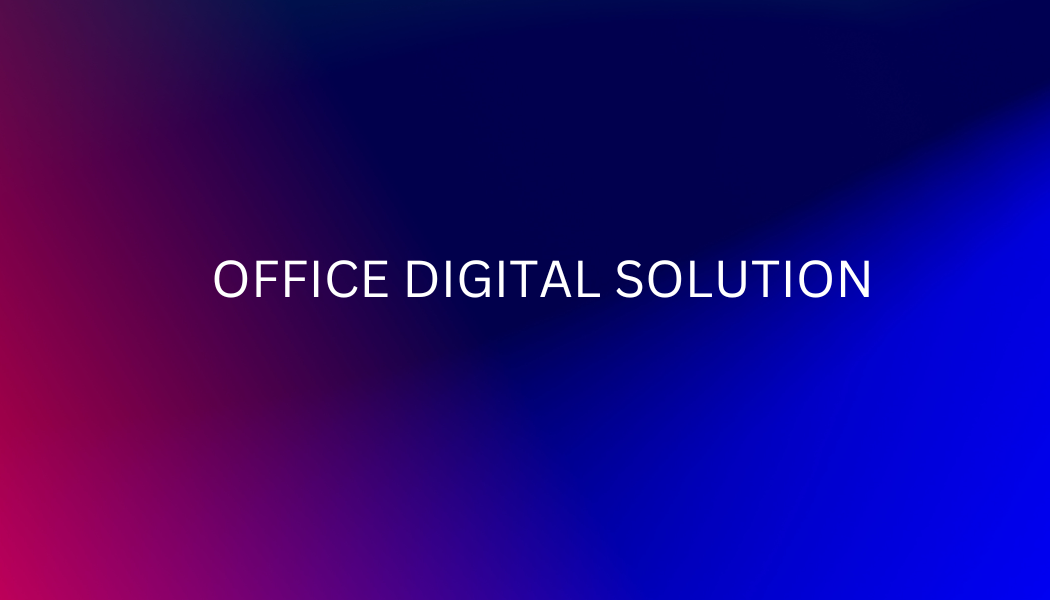Discover how cloud-driven digital transformation fuels agility, innovation, and business growth.

Introduction
Digital transformation is no longer optional—it’s a necessity for businesses seeking agility, scalability, and competitive advantage. At the heart of this evolution is cloud computing, which provides the foundation for modernization. But what does digital transformation in the cloud really mean? Let’s dive in.
The Rise of Zero Trust Architecture
One of the biggest shifts in cybersecurity is the Zero Trust model—a framework that assumes no entity, inside or outside the network, is automatically trustworthy. Under this model, users and devices must continuously verify their identities before accessing sensitive data.
Cloud as the Catalyst for Digital Transformation
The cloud is more than a storage solution—it’s an enabler of innovation. By migrating to cloud platforms like AWS, Azure, or Google Cloud, organizations eliminate legacy limitations, reduce operational costs, and gain access to cutting-edge AI, automation, and analytics.
Key Drivers of Cloud-Based Digital Transformation
- Scalability & Flexibility: Easily scale infrastructure based on demand, ensuring efficient resource usage.
- Enhanced Security: Cloud providers offer zero-trust architectures and advanced encryption.
- Data-Driven Decision Making: Leverage big data analytics to drive insights and strategic moves.
- Automation & AI Integration: Streamline operations with machine learning, predictive analytics, and workflow automation.
- Cost Optimization: Reduce CapEx while benefiting from on-demand services.
Overcoming Challenges
While the cloud accelerates transformation, organizations face hurdles such as data sovereignty, compliance, and migration complexity. A strategic approach—leveraging multi-cloud, hybrid models, and robust governance frameworks—ensures a smooth transition.
Future Trends in Cloud Transformation
The future is shaped by emerging technologies, including serverless computing, edge AI, and quantum computing. Businesses that embrace these innovations position themselves as industry leaders.
Conclusion
Digital transformation in the cloud is about adapting, innovating, and future-proofing businesses. Those who leverage the cloud strategically will unlock efficiency, resilience, and groundbreaking opportunities.
In-Research
Cloud Security & AI-Driven Defense
With businesses migrating to cloud environments, securing data across hybrid and multi-cloud infrastructures has become essential. Cloud-native security tools offer dynamic, scalable protection, integrating AI-driven threat detection to identify abnormal behaviors in real time.
AI-powered security solutions can analyze massive datasets to detect patterns humans might miss, providing automated responses to stop cyber threats before they cause damage.
Final Thoughts
Network security is undergoing a fundamental transformation, shifting from outdated, perimeter-based models to dynamic, intelligent defense mechanisms. Businesses must embrace technologies like Zero Trust, AI-driven threat detection, and cloud security solutions to stay ahead of cybercriminals.
By adopting proactive security strategies, organizations can safeguard their data, protect user trust, and navigate the complexities of the digital age with confidence.
Via: Office Digital AI agent

